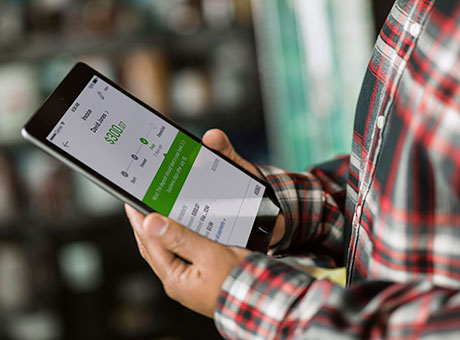An attach rate — which is also called an attach ratio — measures how many add-on products your business sells with each major product. Think about a visit to the hair salon; the main product is your haircut, but the stylist might also sell you shampoo and hairspray. In this case, the attach rate would be one primary product (the haircut) to two secondary products (the shampoo and hairspray), so the attach rate is 1:2, or 200 percent.
The attach rate for your products can help you measure how well your company is doing. A high attach rate means that your customers are happy with your main product or service — even better, they trust your business enough to buy other products. It also means that your marketing is working well, because customers are aware of the complementary products you offer. Since a high attach rate means you’re selling more, it usually means your profits are higher.
If your attach rate is low, don’t worry — it doesn’t necessarily mean that your customers don’t trust you. It might indicate that they don’t know what other products you offer. This lets you know that it’s time to step up your marketing, or that you need to add an upsell strategy in store or online. If you’re already upselling customers on related products, a low attach rate probably means that your strategy simply isn’t effective. To fix the problem, you might need to do more to help buyers understand how they can benefit from the extra products.
As you figure out the best way to market and sell your products, the attach rate is a great way to evaluate different strategies. Say you run a coffee shop, and you want to sell more pastries to customers who buy hot drinks. To start, measure your current attach rate to use as a baseline. Then, experiment with different strategies: try arranging the pastries more attractively, use social media marketing to let customers know that you sell pastries, or instruct baristas to upsell by asking, “Would you like a pastry with your coffee today?” After you make a change, wait a week and recalculate your attach rate. If it increases, you know the strategy was successful; if not, it’s time to try another method.



